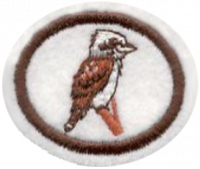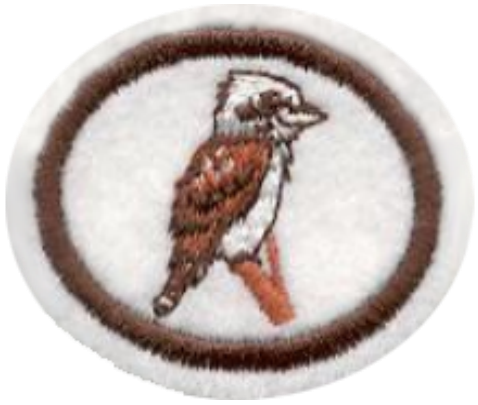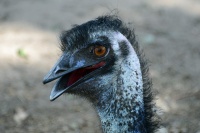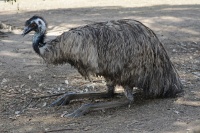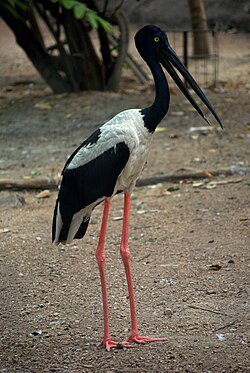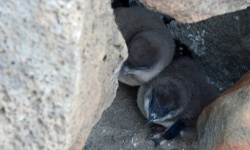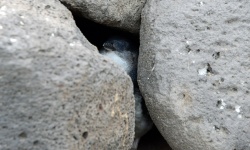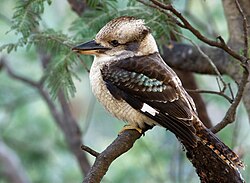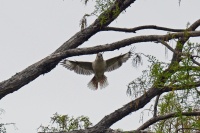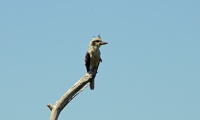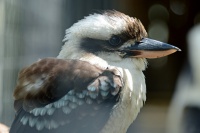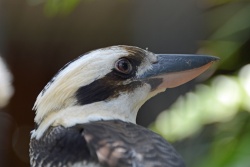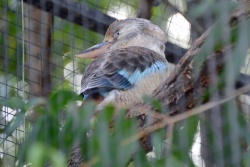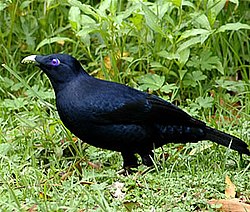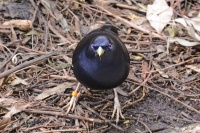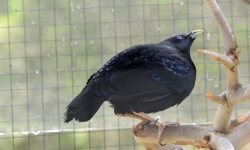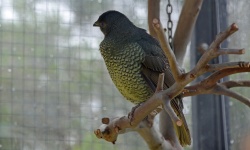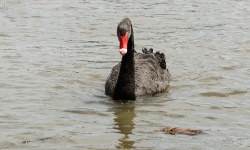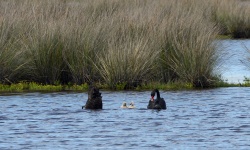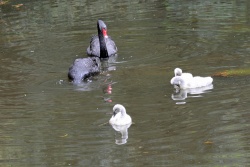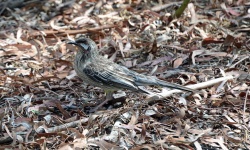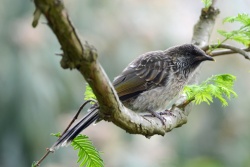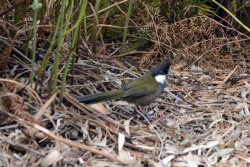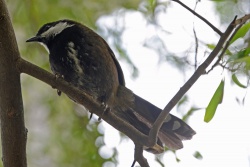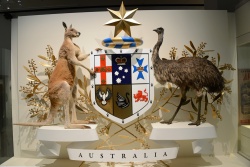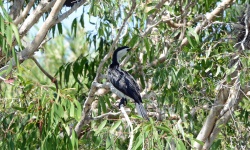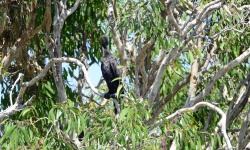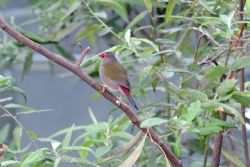Difference between revisions of "AY Honors/Australian Birds/Answer Key/es"
From Pathfinder Wiki
< AY Honors | Australian BirdsAY Honors/Australian Birds/Answer Key/es
| (8 intermediate revisions by the same user not shown) | |||
| Line 223: | Line 223: | ||
{{CloseReq}} <!-- 7b --> | {{CloseReq}} <!-- 7b --> | ||
{{ansreq|page={{#titleparts:{{PAGENAME}}|2|1}}|num=7c}} <!--T:46--> | {{ansreq|page={{#titleparts:{{PAGENAME}}|2|1}}|num=7c}} <!--T:46--> | ||
| − | <noinclude> | + | <noinclude></noinclude> |
| − | </noinclude | ||
| − | |||
<noinclude></noinclude> | <noinclude></noinclude> | ||
| Line 298: | Line 296: | ||
{{clear}} | {{clear}} | ||
| − | + | <noinclude></noinclude> | |
| − | <noinclude | ||
| − | |||
{{CloseReq}} <!-- 10 --> | {{CloseReq}} <!-- 10 --> | ||
{{ansreq|page={{#titleparts:{{PAGENAME}}|2|1}}|num=11}} | {{ansreq|page={{#titleparts:{{PAGENAME}}|2|1}}|num=11}} | ||
| − | <noinclude> | + | <noinclude></noinclude> |
| − | </noinclude> | + | <!-- 11. ¿Qué ave se conoce como el «pájaro Jesucristo» y por qué? --> |
| − | <!-- 11. | ||
| − | |||
| − | + | {{clear}} | |
| − | |||
| − | |||
| − | + | <noinclude></noinclude> | |
| − | <noinclude | ||
| − | |||
{{CloseReq}} <!-- 11 --> | {{CloseReq}} <!-- 11 --> | ||
{{ansreq|page={{#titleparts:{{PAGENAME}}|2|1}}|num=12}} | {{ansreq|page={{#titleparts:{{PAGENAME}}|2|1}}|num=12}} | ||
| − | <noinclude> | + | <noinclude></noinclude> |
| − | </noinclude> | + | <!-- 12. Nombrar las aves usadas en los emblemas australianas.--> |
| − | <!-- 12. | ||
| − | |||
| − | |||
[[Image:AustraliaSeal 8075 W.jpg|250px]] | [[Image:AustraliaSeal 8075 W.jpg|250px]] | ||
| − | |||
| − | + | {{clear}} | |
| − | { | ||
| − | |||
| − | |||
| − | |||
| − | |||
| − | |||
| − | |||
| − | |||
| − | |||
| − | |||
| − | |||
| − | |||
| − | |||
| − | |||
| − | |||
| − | |||
| − | |||
| − | |||
| − | |||
| − | |||
| − | |||
| − | + | {{clear}} | |
| − | |||
| − | |||
| − | + | <noinclude></noinclude> | |
| − | <noinclude | ||
| − | |||
{{CloseReq}} <!-- 12 --> | {{CloseReq}} <!-- 12 --> | ||
{{ansreq|page={{#titleparts:{{PAGENAME}}|2|1}}|num=13}} | {{ansreq|page={{#titleparts:{{PAGENAME}}|2|1}}|num=13}} | ||
| − | <noinclude> | + | <noinclude></noinclude> |
| − | </noinclude> | + | <!-- 13. ¿Cuál ave es famoso por sus «bailes»? --> |
| − | <!-- 13. | ||
| − | |||
| − | + | {{clear}} | |
| − | |||
| − | |||
| − | + | {{clear}} | |
| − | |||
| − | |||
| − | |||
| − | |||
{{clear}} | {{clear}} | ||
| − | |||
| − | + | <noinclude></noinclude> | |
| − | <noinclude | ||
| − | |||
{{CloseReq}} <!-- 13 --> | {{CloseReq}} <!-- 13 --> | ||
{{ansreq|page={{#titleparts:{{PAGENAME}}|2|1}}|num=14}} | {{ansreq|page={{#titleparts:{{PAGENAME}}|2|1}}|num=14}} | ||
| − | <noinclude> | + | <noinclude></noinclude> |
| − | </noinclude> | + | <!-- 14. Además de sentarse encima de los huevos o hacer un montículo, hay otro método que algunas aves usan para incubar sus huevos. ¿Cómo se llama este método? Nombrar un ave que lo usa. --> |
| − | <!-- 14. | ||
| − | |||
| − | + | {{clear}} | |
| − | |||
| − | |||
| − | + | <noinclude></noinclude> | |
| − | <noinclude | ||
| − | |||
{{CloseReq}} <!-- 14 --> | {{CloseReq}} <!-- 14 --> | ||
{{ansreq|page={{#titleparts:{{PAGENAME}}|2|1}}|num=15}} | {{ansreq|page={{#titleparts:{{PAGENAME}}|2|1}}|num=15}} | ||
| − | <noinclude> | + | <noinclude></noinclude> |
| − | </noinclude> | + | <!-- 15. ¿Cómo hace el cormorán para zambullirse para comer? --> |
| − | <!-- 15. | ||
| − | |||
| − | |||
| − | + | {{clear}} | |
| − | |||
| − | |||
| − | + | {{clear}} | |
| − | |||
| − | |||
| − | + | {{clear}} | |
| − | |||
| − | |||
| − | |||
[[Image:LittlePiedCormorant 4918.jpg|250px]] | [[Image:LittlePiedCormorant 4918.jpg|250px]] | ||
[[Image:LittleBlackCormorant 4919.jpg|250px]] | [[Image:LittleBlackCormorant 4919.jpg|250px]] | ||
| − | |||
| − | + | <noinclude></noinclude> | |
| − | <noinclude | ||
| − | |||
{{CloseReq}} <!-- 15 --> | {{CloseReq}} <!-- 15 --> | ||
{{ansreq|page={{#titleparts:{{PAGENAME}}|2|1}}|num=16}} | {{ansreq|page={{#titleparts:{{PAGENAME}}|2|1}}|num=16}} | ||
| − | <noinclude> | + | <noinclude></noinclude> |
| − | </noinclude> | + | <!-- 16. Australia tiene una gran variedad de fringílidos nativos. Nombrar cinco incluyendo uno de su estado. Describir su favorito y explicar dónde se puede ir para observarlo. --> |
| − | <!-- 16. Australia | ||
| − | |||
| − | + | {{clear}} | |
| − | |||
| − | |||
| − | + | {{clear}} | |
| − | |||
| − | |||
| − | + | {{clear}} | |
| − | |||
| − | |||
| − | + | {{clear}} | |
| − | |||
| − | |||
| − | |||
[[Image:Neochmia temporalis 8044.jpg|250px]] | [[Image:Neochmia temporalis 8044.jpg|250px]] | ||
| − | |||
| − | + | <noinclude></noinclude> | |
| − | <noinclude | ||
| − | |||
{{CloseReq}} <!-- 16 --> | {{CloseReq}} <!-- 16 --> | ||
| − | <noinclude> | + | <noinclude></noinclude> |
| − | </noinclude> | + | ==Referencias== |
| − | == | ||
| − | |||
| − | + | <noinclude></noinclude> | |
| − | |||
| − | |||
| − | |||
| − | |||
| − | |||
| − | |||
| − | <noinclude | ||
| − | |||
{{CloseHonorPage}} | {{CloseHonorPage}} | ||
Latest revision as of 19:15, 25 July 2022
Aves australianas
Nivel de destreza
Desconocido
Año
Desconocido
Version
04.12.2025
Autoridad de aprobación
División del Pacífico Sur
1
Explicar lo siguiente:
1a
¿Cuál es el ave más grande de todas las aves australianas?
1b
Describir su nido, incluyendo el número, tamaño y color de sus huevos y cómo los incuba.
1c
¿Qué tan rápido corre?
1d
¿Cuál es el ave voladora más alta?
1e
¿Cuál es el nombre de la única cigüeña nativa a Australia?
2
¿Existen pingüinos nativos a Australia, y si sí, dónde se puede ir para observarlos?
Los pingüinos viven a lo largo de la costa sur de Australia y otras partes del mundo (véase el mapa). Mire las playas del océano.
3
Explicar lo siguiente:
3a
¿Cuál ave se conoce como el «asno sonriente»?
3b
¿A qué especie pertenece?
3c
¿Qué es inusual de la composición de la familia de esta ave?
4
Explicar lo siguiente:
4a
Nombrar al menos dos aves que incuban sus huevos en la tierra.
4b
Describir cómo uno de estas aves construye su nido y pone e incube sus huevos.
4c
¿Cuál es el término que identifica y describe esta clase de ave?
5
Explicar lo siguiente:
5a
¿Para qué usa el ave de emparrado su emparrado? ¿Qué color es el pergolero satinado, conocido por «robar» para decorar su emparrado?
5b
¿Puede nombrar que pergolero vive en su estado?
6
¿De dónde proviene el nombre del ave lira? ¿Qué es lo especial de su canto?
7
Explicar lo siguiente:
7a
¿Cuál es el ave de rapiña más grande de Australia? ¿Cuál es su envergadura? ¿Hay otra ave con la misma envergadura?
7b
¿Qué es diferente en la visión de las aves de rapiña en comparación con otras aves?
7c
¿Cuál es el ave de rapiña más rápida? ¿A qué velocidad cae?
7d
Nombrar otra ave, no ave de rapiña, que se conoce por su velocidad rápida.
8
¿Cuál cisne es nativo a Australia?
9
¿De dónde provienen los nombres de las siguientes aves?
9a
Wattlebird (anthochaera)
9b
Gato gris (ailuroedus)
9c
Pájaro carnicero (cracticus)
9d
Pájaro látigo (cinclosomatidae)
10
La fragata magnífica (macho) tiene una bolsa en su garganta. ¿De qué color es y para qué se usa?
11
¿Qué ave se conoce como el «pájaro Jesucristo» y por qué?
12
Nombrar las aves usadas en los emblemas australianas.
13
¿Cuál ave es famoso por sus «bailes»?
14
Además de sentarse encima de los huevos o hacer un montículo, hay otro método que algunas aves usan para incubar sus huevos. ¿Cómo se llama este método? Nombrar un ave que lo usa.
15
¿Cómo hace el cormorán para zambullirse para comer?
16
Australia tiene una gran variedad de fringílidos nativos. Nombrar cinco incluyendo uno de su estado. Describir su favorito y explicar dónde se puede ir para observarlo.
